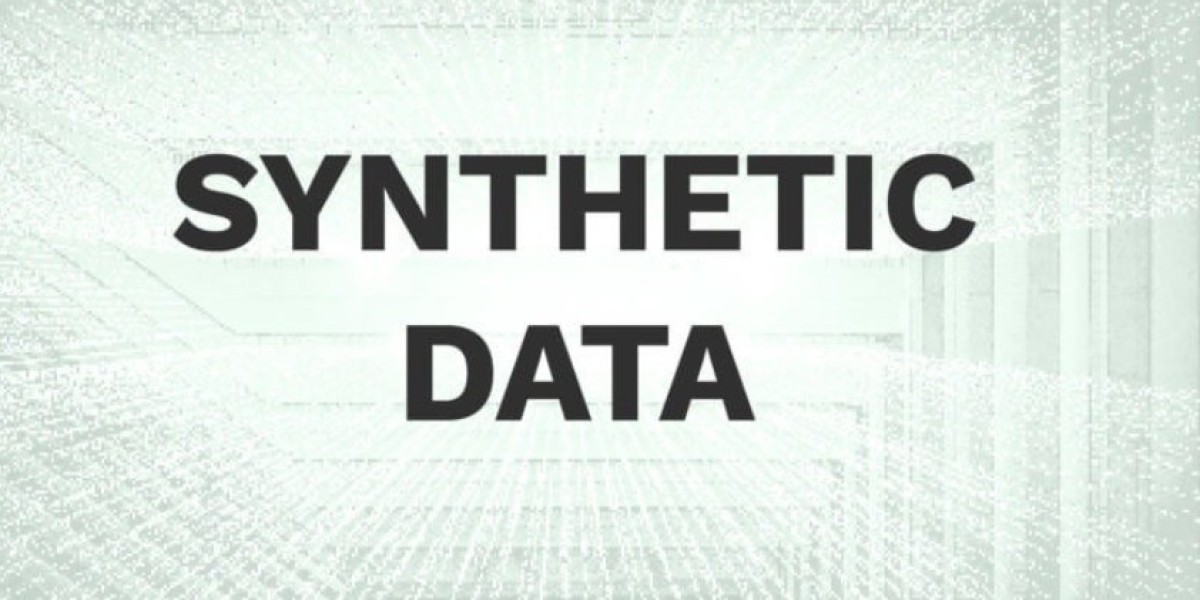In the era of data-driven technologies, the importance of high-quality data cannot be overstated. From artificial intelligence (AI) and machine learning (ML) to advanced analytics, data is the lifeblood that fuels innovation and decision-making. However, acquiring and using real-world data presents challenges ranging from privacy concerns to data scarcity. This is where synthetic data generation comes into play, offering a transformative approach to creating data that mimics real-world conditions while mitigating many of the traditional hurdles.
What is Synthetic Data?
Synthetic data refers to artificially generated data that mimics real-world data but is created through algorithms and simulations rather than being collected from actual events or individuals. It can take various forms—numerical, categorical, textual, or even visual—and can be generated to replicate the statistical properties, patterns, and behaviors of real-world datasets.
The key characteristic of synthetic data is that it maintains the statistical relevance of the original data, while eliminating direct links to real-world entities, making it a privacy-friendly alternative.
Why is Synthetic Data Important?
Data Privacy: One of the major advantages of synthetic data is its ability to address privacy concerns. With stringent regulations like GDPR (General Data Protection Regulation) and HIPAA (Health Insurance Portability and Accountability Act), companies face significant challenges in using real data without risking violations. Synthetic data allows organizations to simulate real-world datasets without revealing sensitive personal information.
Data Availability: In many domains, gathering sufficient data is either impractical or impossible. For instance, medical research often faces data scarcity due to the rarity of certain conditions or diseases. Similarly, autonomous vehicles need vast amounts of data to simulate rare yet critical scenarios, such as adverse weather conditions. Synthetic data provides a scalable way to generate data for these use cases.
Cost and Time Efficiency: Collecting and labeling large amounts of real data is often expensive and time-consuming. In contrast, synthetic data can be generated quickly and at a fraction of the cost, enabling faster development cycles for AI and machine learning models.
Bias Mitigation: Real-world data often contains biases that can inadvertently get embedded into AI models. Synthetic data, however, can be carefully controlled to minimize these biases, leading to more fair and inclusive AI systems.
Applications of Synthetic Data
Machine Learning & AI: Synthetic data is widely used to train and test machine learning models. In computer vision, for example, generating synthetic images can help AI models recognize objects in various environments and lighting conditions. Similarly, in natural language processing (NLP), synthetic text data can augment datasets to improve model performance.
Autonomous Systems: For autonomous vehicles, testing in real-world environments is not always feasible or safe. Synthetic data allows for simulating road conditions, pedestrian behavior, and even rare, dangerous scenarios that are difficult to replicate in real life, thereby enhancing safety and performance.
Healthcare: Privacy concerns are paramount in healthcare. Synthetic patient data offers a way to share and analyze medical information without compromising individual privacy. It also helps researchers develop diagnostic tools and predictive models without needing real patient data.
Financial Services: Banks and financial institutions can use synthetic data for fraud detection, risk analysis, and even customer behavior prediction. Since real transaction data is highly sensitive, synthetic alternatives allow institutions to maintain compliance while still developing powerful AI models.
How is Synthetic Data Generated?
There are several methods for generating synthetic data:
Statistical Modeling: This approach involves generating data based on statistical distributions that represent real-world datasets. Commonly used for numerical data, this method is ideal when only certain statistical properties are needed.
Simulation-based Methods: Simulations are commonly used in areas like healthcare and autonomous vehicles, where physical systems or environments are modeled. For example, in medical imaging, simulated X-ray or MRI scans can be used to train AI systems.
Generative Adversarial Networks (GANs): A more advanced method involves GANs, which are neural networks that learn to generate new data by training two models in tandem—a generator and a discriminator. The generator creates synthetic data, while the discriminator evaluates how realistic the data is, pushing the generator to produce increasingly convincing data over time.
Rule-based Approaches: These systems generate synthetic data based on a set of predefined rules or patterns. For example, in fraud detection, synthetic transaction data can be generated by simulating behaviors that match certain fraud patterns.
Challenges and Considerations
Data Quality: Although synthetic data can replicate real-world conditions, ensuring that it is of high quality and accurately represents the target environment remains a challenge. Poorly generated data can lead to inaccurate models and false conclusions.
Generalization: Synthetic data must generalize well to real-world scenarios. If the synthetic dataset is too idealized or unrealistic, models trained on it may perform poorly when applied to actual situations.
Validation: It is crucial to validate synthetic data against real-world data to ensure its accuracy and usefulness. Without proper validation, the generated data may introduce new biases or inaccuracies into AI models.
Ethical Concerns: While synthetic data helps protect privacy, ethical concerns can still arise. For instance, synthetic data used in healthcare research might not fully represent minority groups or rare medical conditions, potentially leading to biased research outcomes.
The Future of Synthetic Data
The potential of synthetic data is enormous, especially as AI and machine learning continue to dominate various industries. With advancements in technologies like GANs and reinforcement learning, we can expect even more sophisticated methods for generating synthetic data that are highly realistic and scalable.
In the future, synthetic data could become a default component of many workflows, offering organizations more flexibility, faster iteration, and increased privacy protections. Whether it's training robots, developing autonomous vehicles, or conducting healthcare research, synthetic data will continue to play a crucial role in driving innovation.
Conclusion
Synthetic data generation is poised to transform industries by offering a solution to many of the challenges surrounding real-world data collection. From enhancing data privacy and increasing availability to lowering costs and reducing biases, synthetic data is a powerful tool for organizations seeking to build smarter, more robust AI systems. As the technology behind synthetic data advances, its applications will only continue to grow, shaping the future of data-driven innovation.







